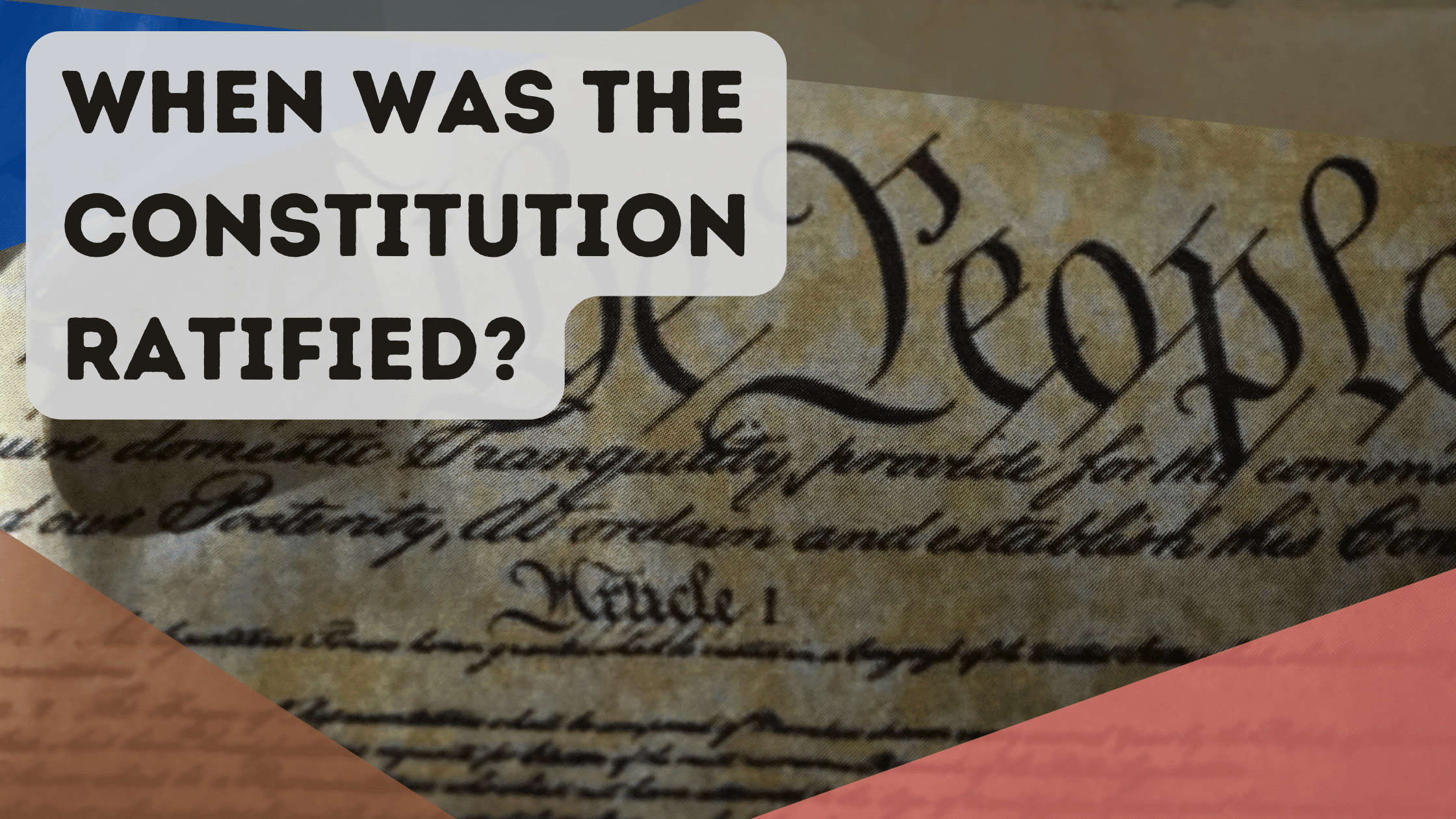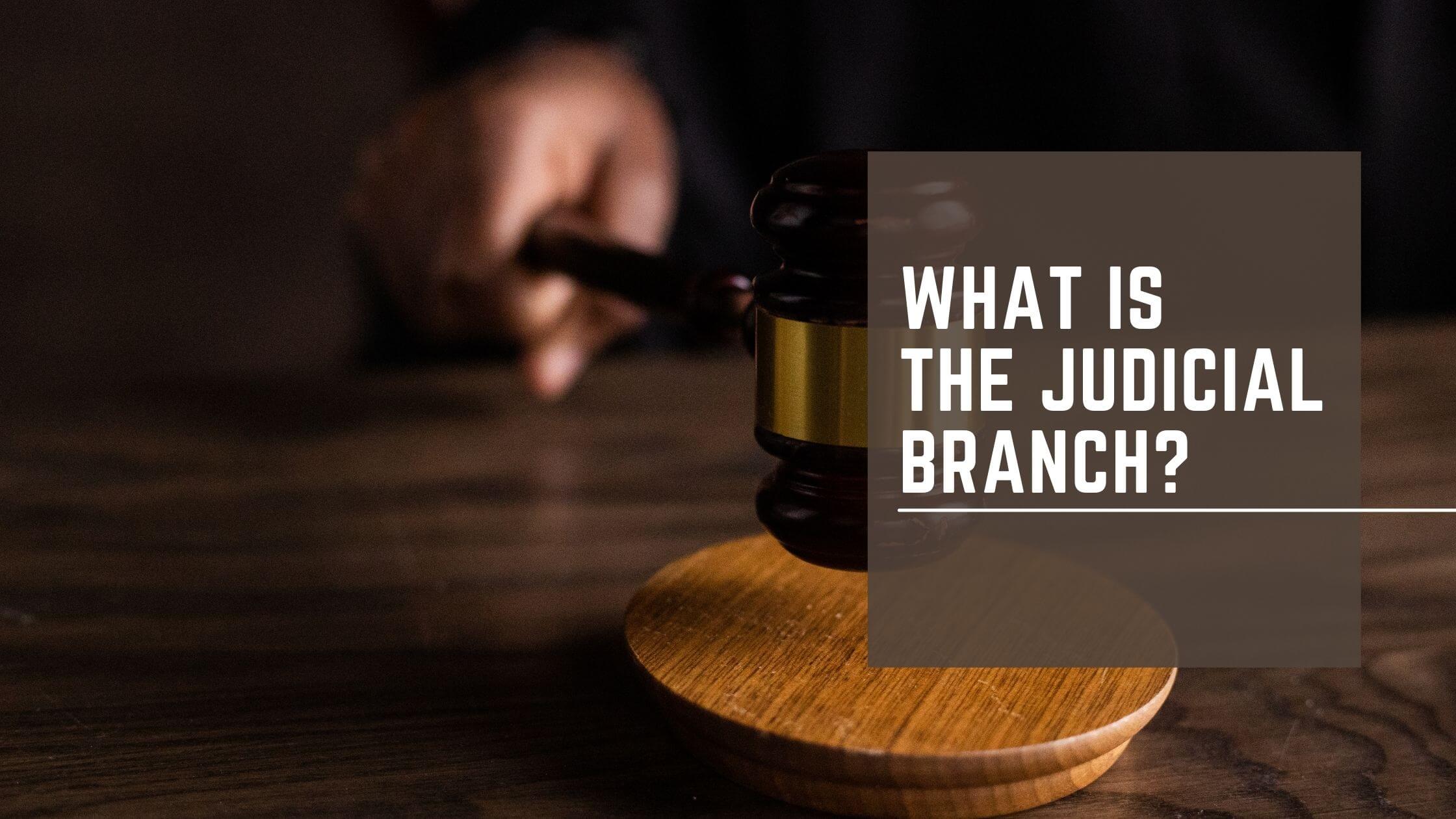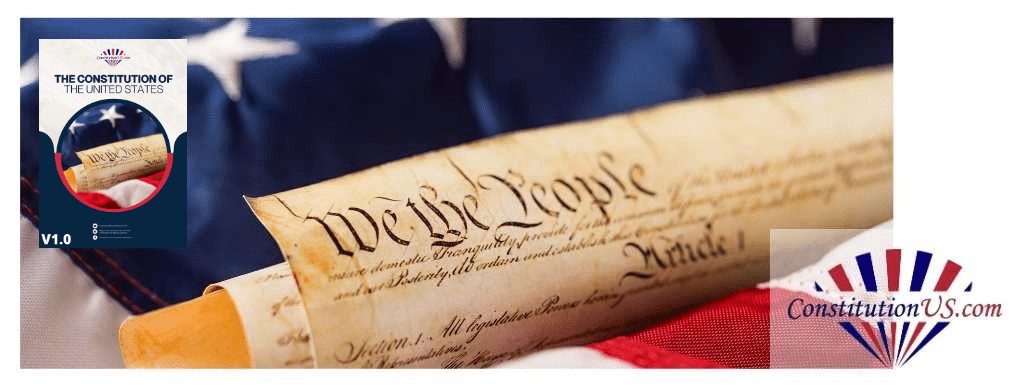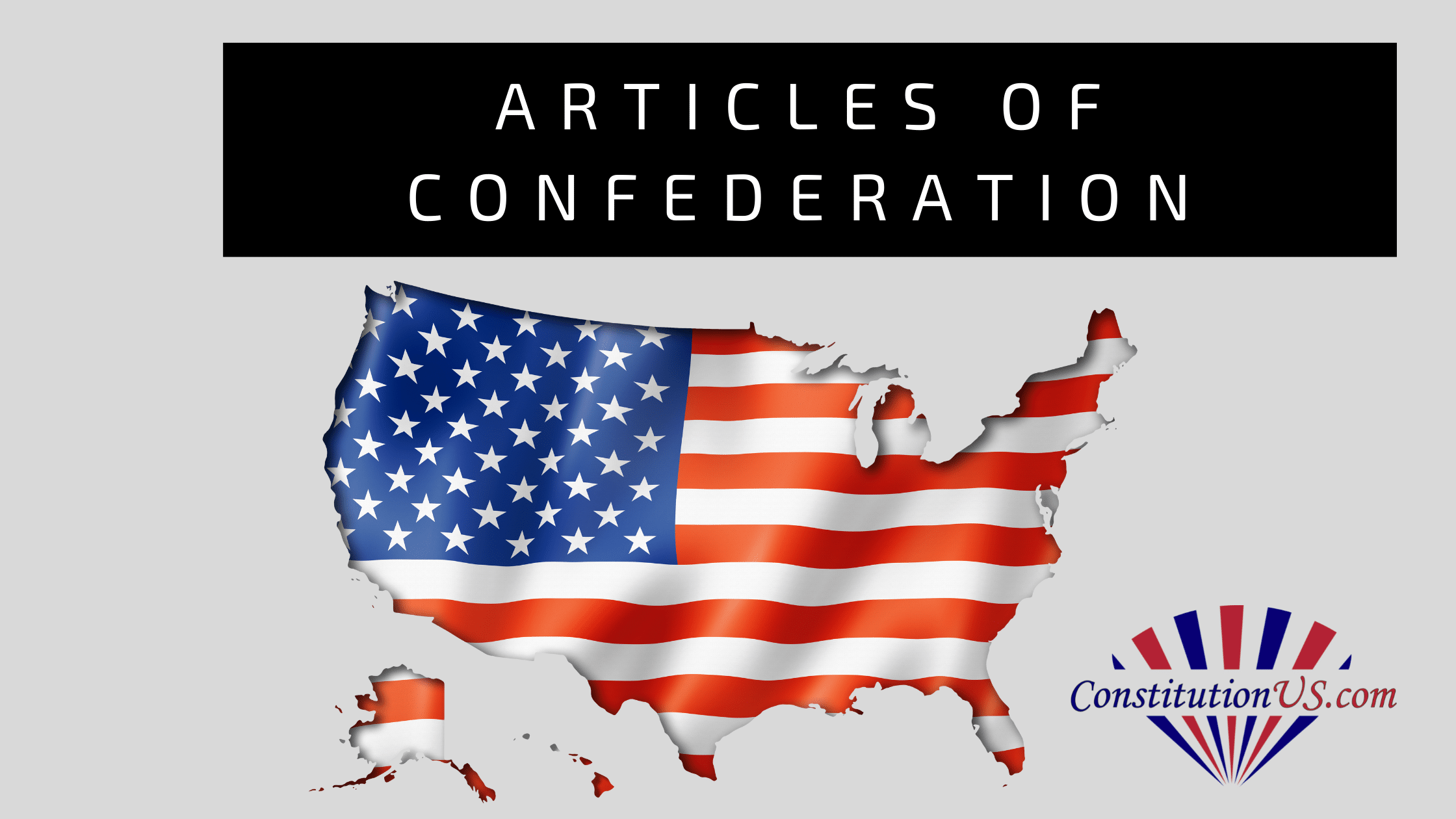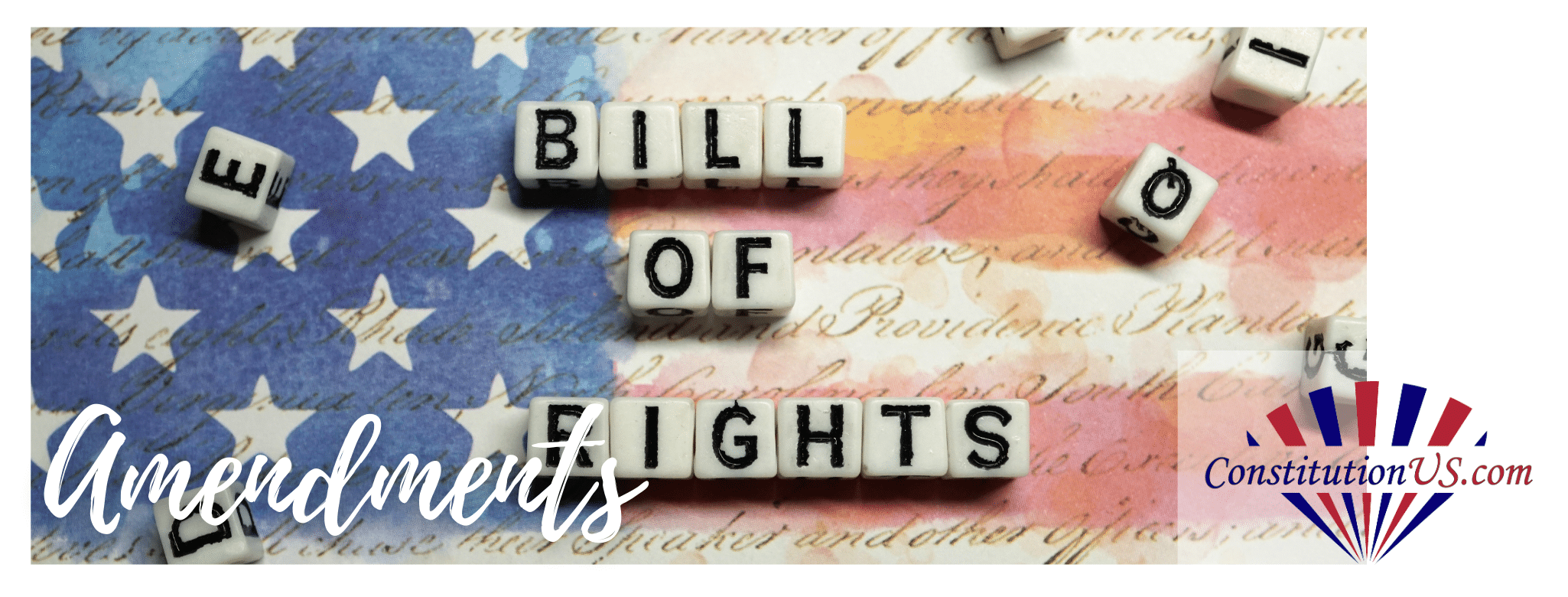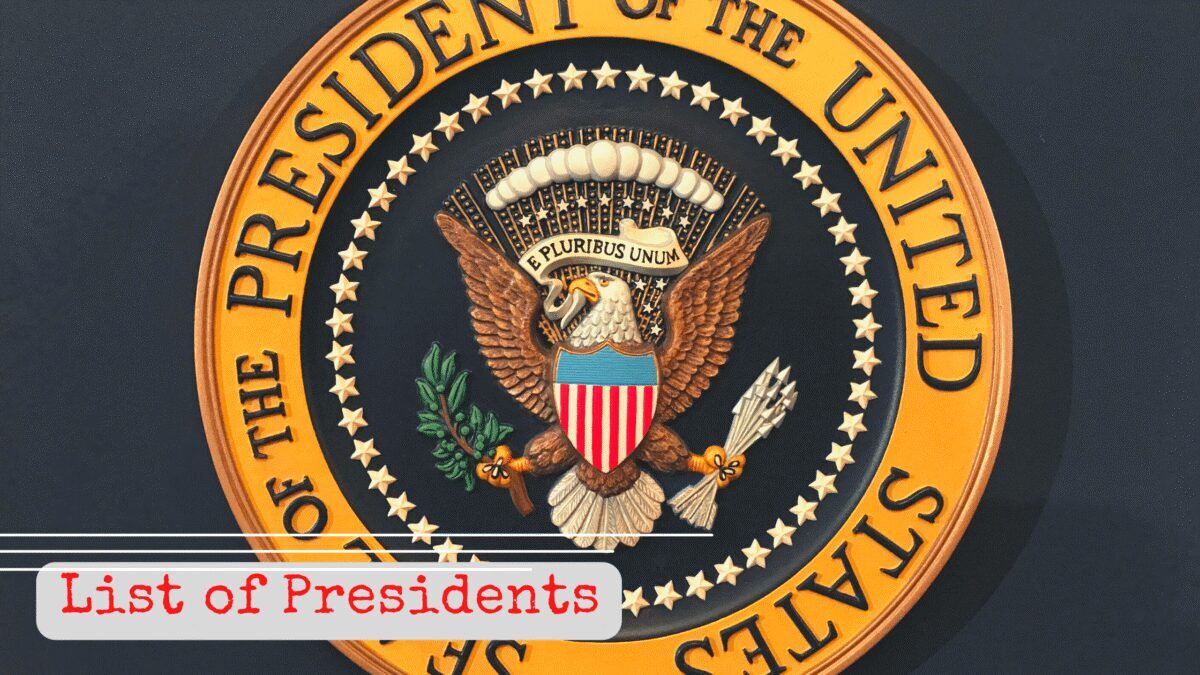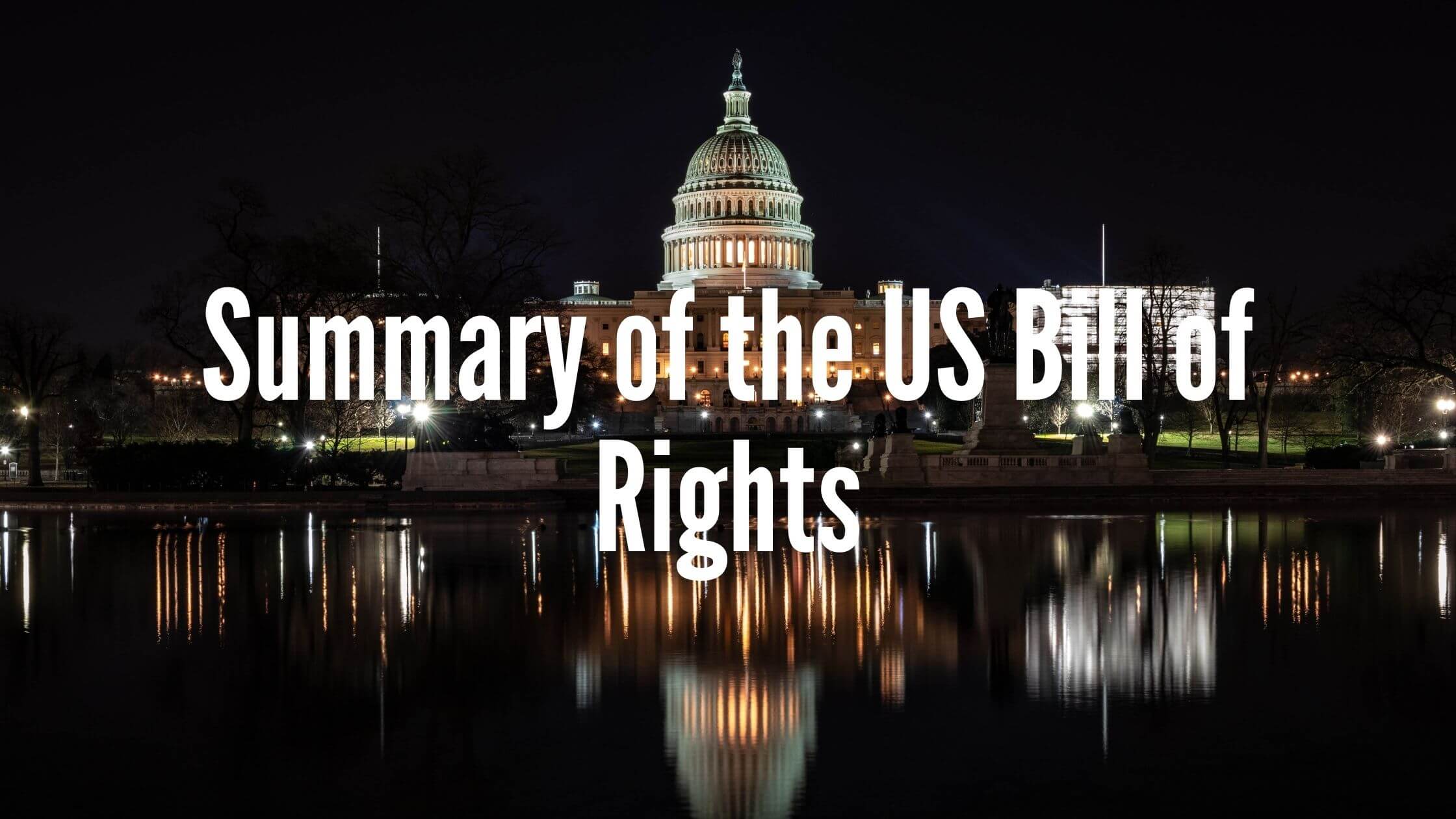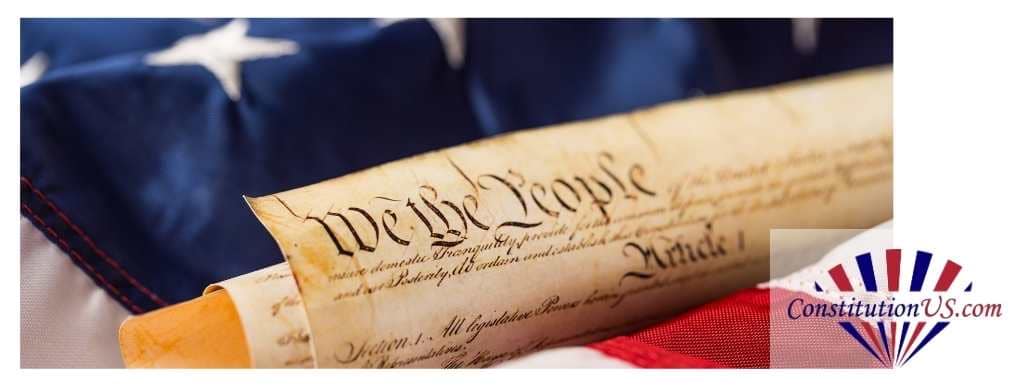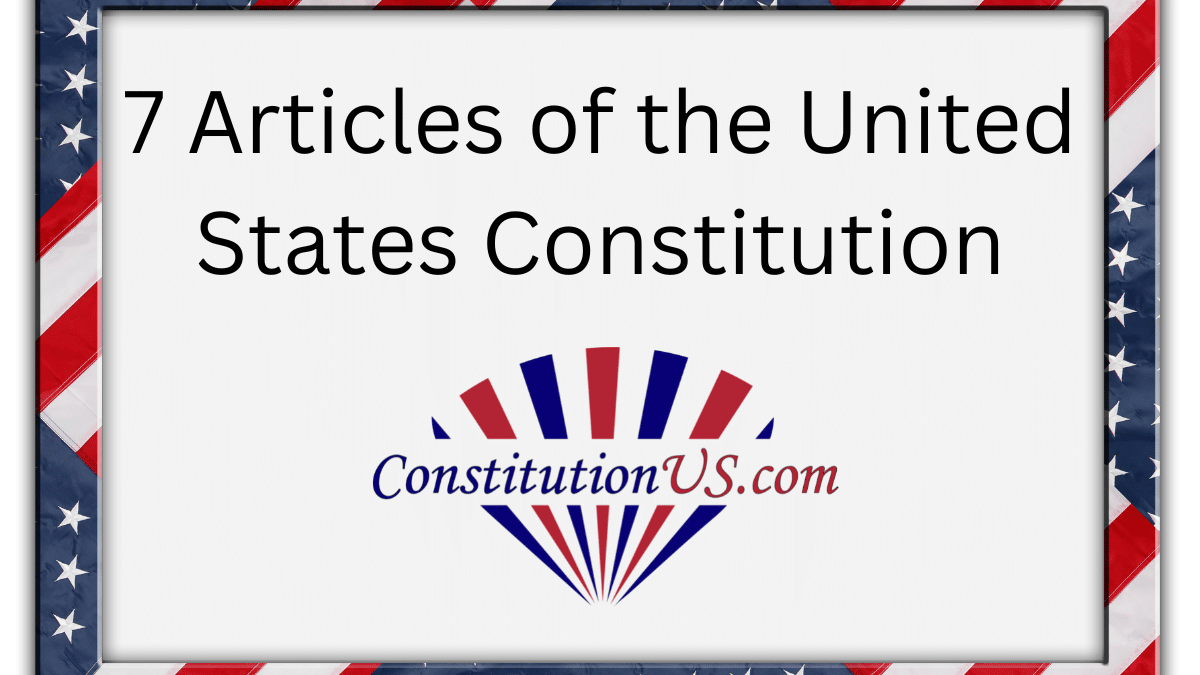Table of Contents
ToggleUS Constitution Ratified: The Raw Dates:
The Constitution was adopted by a convention of the States on September 17, 1787, and was subsequently ratified by several States, on the following dates:

Get Smarter on US News, History, and the Constitution
Join the thousands of fellow patriots who rely on our 5-minute newsletter to stay informed on the key events and trends that shaped our nation's past and continue to shape its present.
Delaware, December 7, 1787;
Pennsylvania, December 12, 1787;
New Jersey, December 18, 1787;
Georgia, January 2, 1788;
Connecticut, January 9, 1788;
Massachusetts, February 6, 1788;
Maryland, April 28, 1788;
South Carolina, May 23, 1788;
New Hampshire, June 21, 1788.
Ratification was completed on June 21, 1788.
The Constitution was subsequently ratified by:
Virginia, June 25, 1788;
New York, July 26, 1788;
North Carolina, November 21, 1789;
Rhode Island, May 29, 1790;
Vermont, January 10, 1791.
Once the new constitution was ratified, what did it replace?
The US Constitution replaced the Articles of Confederation that had been the first attempt at creating a constitution for the United States after the revolutionary war.
One of the main reasons that the Articles of Confederation failed, was because it gave too much power to the States and not enough power to the Federal Government.
Creation of the US Constitution
The creation of the US Constitution was a pivotal moment in creating the federal system of the United States. It came a decade after independence, following concerns over limitations in the current system.
The drafting of the Constitution in Philadelphia wasn’t enough. It needed to be ratified for Congress to adopt it.
So, when was the US Constitution ratified, and why did it take so long for all states to agree?
How Was The US Constitution Ratified?
The Constitution of The United States was officially ratified and therefore approved on June 21st, 1788. This was ten months after delegates finalized the document at the Constitutional Convention of 1787. This was the date when the 9th signature necessary for approval was received. This allowed Congress to move forward with the document and new government procedures.
Yet, it would take until 1790 for all states to finally agree and ratify the Constitution. Disputes over the powers of the delegates, Anti-Federalist fears, and the lack of a Bill of Rights all caused roadblocks. But, compromises and promises by the new government led to an eventual resolution.
The Constitutional Convention Led To A Proposed Document In Need Of Ratification.
On May 25th, 1787, delegates from the 13 colonies met in the Constitutional Convention in Philadelphia. Alexander Hamilton brought them together to go over the problematic Articles of Convention that directed current government procedure and powers. They were deemed insufficient and unsuitable for the newly independent nation. As a result, the new Constitution was born. The delegates approved the final document on September 17th, 1787.
However, the document couldn’t go forward for ratification by the states until Congress had agreed to direct it to the state legislatures. The concern was that the delegates at the Constitutional Convention had acted beyond their powers. The event aimed to revise what was written in the articles, not create something entirely new. Some in Congress favored censuring the delegates. But, after some debate, they put the document forward on September 28th.
Only 9 States Needed To Ratify The Constitution For It To Pass.
It can seem as though the ratification process was swift and straightforward, but it all depends on the dates you look at. The time between the end of the convention and approval of the Constitution is relatively short. However, they only needed 9 out of 13 signatures to pass. It would take much longer to get all 13 to sign.
Many states were quick to ratify the proposal, and it took just nine months to get those nine signatures. The first was Delaware on December 7th, 1787, and the ninth was New Hampshire the following June. The impressive thing about Delaware was that it was also a unanimous 30-0 vote.
Why Did It Take So Long For All Colonies To Ratify The Constitution?
While some states were quick to ratify and agree to the terms of the Constitution proposed at the convention, others were less convinced. A large part of the problem in gaining enough states in favor was the argument between Federalists and Anti-Federalists.
The Federalists firmly supported the Constitution and the opportunities brought, citing the risk of civil unrest as a reason for the colonies to stick together. But, on the other hand, anti-Federalists worried about the displacement of power between classes and the potential abuse of power of the minority of convention delegates.
Another issue was the lack of a Bill of Rights. This was something that would come later in the form of Constitutional Amendments. However, there were concerns the original document didn’t go far enough. Massachusetts was one of the first states to falter over this issue, and it caused a lot of debate for a long time. The same happened in Virginia, where there was a strong desire to only ratify a Constitution with a clear Bill of Rights attached. New York also struggled with the issue.
This uncertainty was a problem as the newly formed United States didn’t want such strong and economically viable states separated from the rest of the nation. So when the Federalists promised that the new government would make a Bill of Rights a priority, many states conceded.
The Constitution Was Ratified In Full In 1790.
Although enough states had long approved the proposition for the new Constitution, there was still the long process of getting every state to ratify and agree to the proposal. If those remaining states did not agree to the terms, there was the threat that they would be treated as a foreign government operating outside of the approved Constitution of the rest of the United States.
This spurred others on to finally vote in favor. Rhode Island had rejected it at first following a popular referendum. But, they called a new ratifying convention in 1790 out of fear of the repercussions. The ratification was passed on May 29th, 1790, with a slim two-vote margin.
The Newly Formed Government Structure Was Already In Place.
What makes this date of May 29th, 1790, more interesting is that the process of forming the new government of the United States – based on those new Constitutional agreements – was in full effect. After enough states agreed to ratify the Constitution in the summer of 1788, Congress took effect with the new rules and decided on some important dates.
The first federal elections would occur between December 15th and January 10th, with the new government session starting on March 4th, 1789. Therefore, the new system with its first elected President was more than a year old when Rhode Island finally ratified the Constitution.
It may have taken a long time for all states to agree. But, in the end, the necessity of the nine-state majority was all that mattered. As a result, new Hampshire’s signature means that June 21st, 1788, will always be when the United States approved its Constitution.
